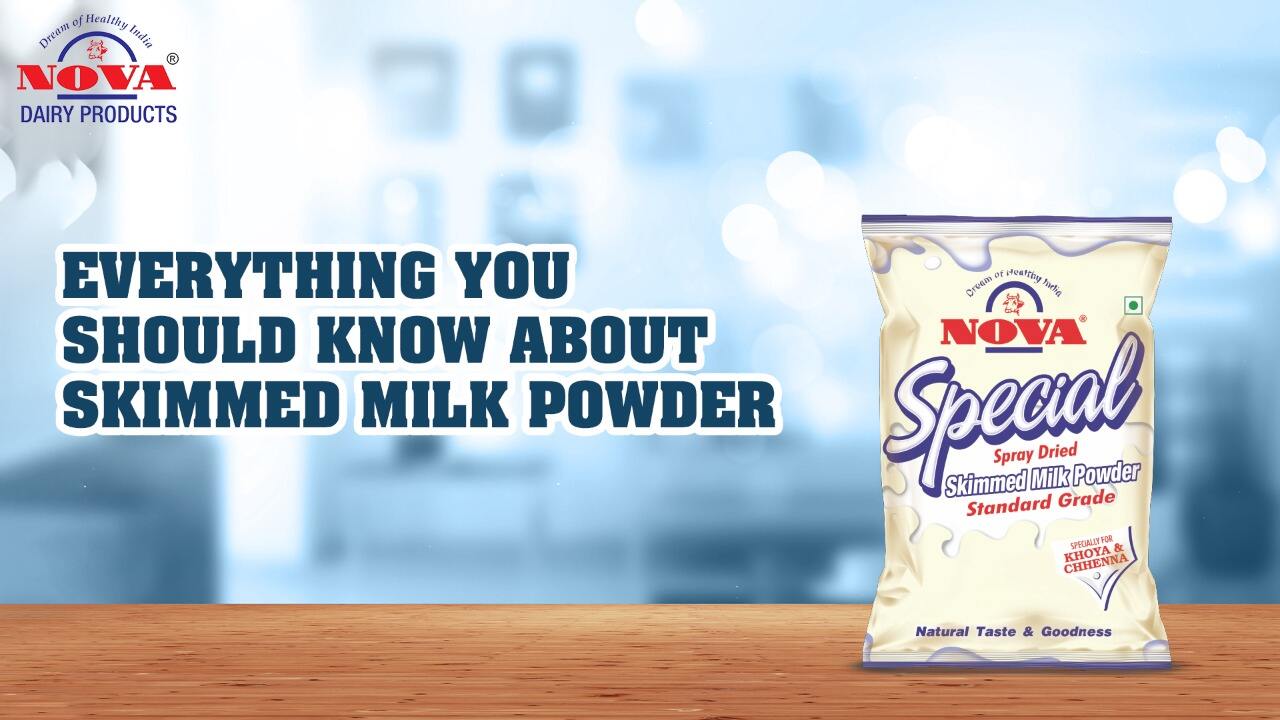Skim milk powder is characterized as the item acquired by eliminating all of the water from purified skim milk.
Basically, skimmed milk powder is a lower-calorie, lower-fat rendition of entire or ‘full-fat’ milk that has been made into a powder. The first constituents aside from water are all present in their unique proportions. Skim milk powder contains not over 5% by weight moisture, and not over 1.5% by weight milk fat except if generally demonstrated.
How is Skim Milk Powder Made?
Skimmed milk was first made by permitting normal milk to separate and the cream to ascend to the top. The cream was then ‘skimmed’ off the top and eliminated leaving a normally lower-fat rendition. Drum drying was the significant technique utilized for the production of milk powders in the main portion of the 20th hundred years.
Today, in any case, skimmed milk is made by divergent detachment, in which most of the fat atoms are all separated from the rest of the milk. This concentrated milk is then shower dried or roller dried without broad misfortune in quality, by drying milk in splash driers, which atomise the milk in a flood of warmed air. This rapidly dries the milk into a powder in no time.
After splash drying, the milk powder is separated from the air in the dryer by a pack channel or tornado. The bacterial burden is emphatically diminished and the low moisture content of the subsequent powder restrains microbial development creating a long time frame of realistic usability (i.e. 2 years).
A fluidised bed cycle may likewise be utilized at this stage which includes air being exploded through the powder from underneath, making the powder particles independent and act like a liquid, as well as cooling and dry the powder further.
The powder delivered ought to be free streaming and not adhere to compartments, vessels, sacks, and so forth, and ought to reconstitute in water readily, without lumps or undissolved particles.
Is Skim Milk Powder Good for Lowering Cholesterol and Reducing Calories?
Skim milk powder is a decent choice for any individual who is attempting to lessen their calorie consumption, while still getting an adequate measure of calcium and protein. One of the fundamental advantages of skim milk powder is that it supplies a high measure of protein, calcium, and vitamin D for a generally low measure of calories. Skim milk powder contains around a portion of the calories of the entire milk powder. One cup of entire milk has nearly 150 calories while one cup of skim milk contains around 90 calories.
The greatest distinction between entire milk powder and skimmed milk powder is the fat content. The expulsion of fat content from milk straightforwardly affects the carbohydrate level. Skim milk powder likewise has a lower cholesterol content than entire milk. One cup of entire milk contains around 24 mg of cholesterol, while a similarly measured serving of skim milk just has 5 mg of cholesterol.
To know more about skimmed milk powder visit: www.steragro.com

